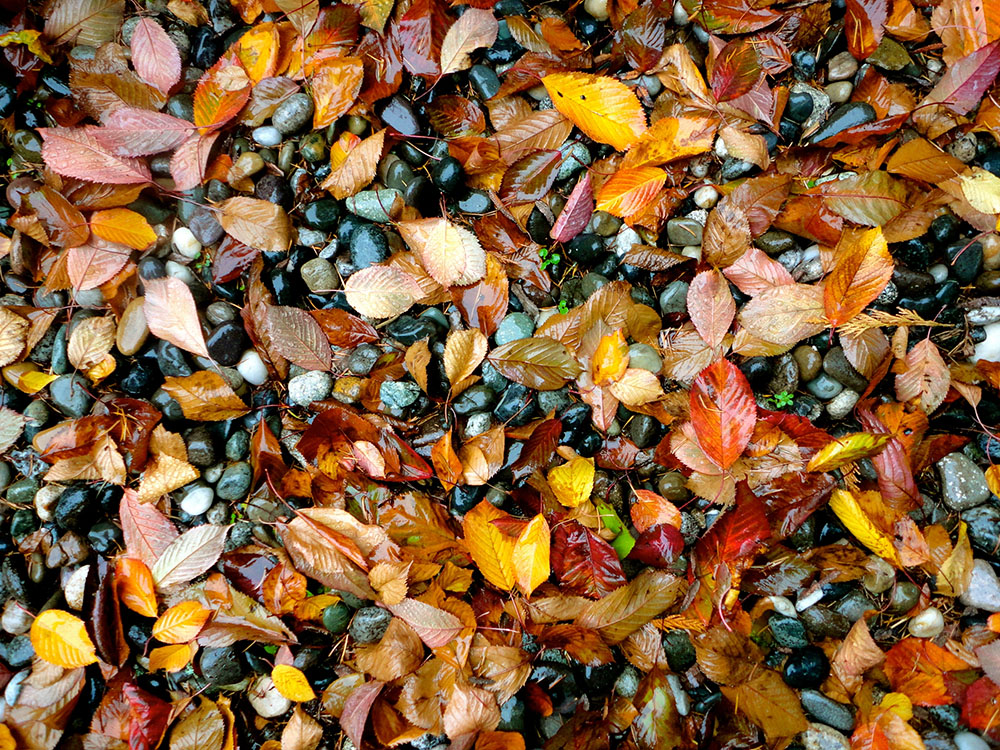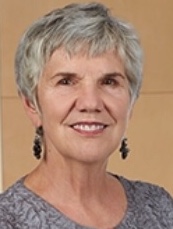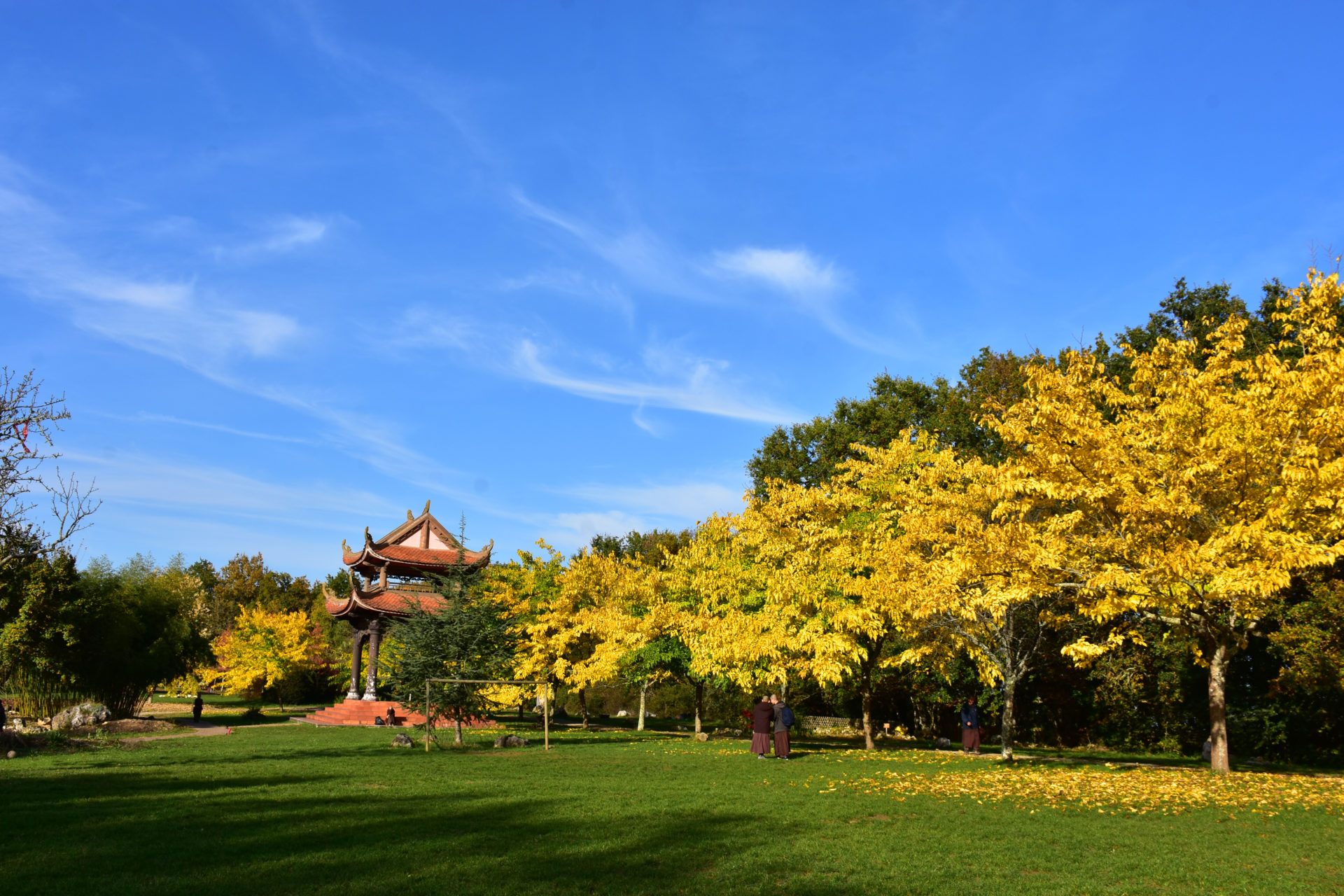By Mary Michal

Earlier this year, I joined a group of Spanish-speaking lawyers and advocates to work with asylum seekers. Each day as I entered the South Texas Family Residential Detention Center, the Buddha, my beloved teacher Thich Nhat Hanh, and my Sangha—my spiritual community—were with me. I often remembered Thay’s words: “Let the Buddha walk; let the Buddha breathe.” I knew I didn’t have to—in fact couldn’t—do the work alone.
By Mary Michal

Earlier this year, I joined a group of Spanish-speaking lawyers and advocates to work with asylum seekers. Each day as I entered the South Texas Family Residential Detention Center, the Buddha, my beloved teacher Thich Nhat Hanh, and my Sangha—my spiritual community—were with me. I often remembered Thay’s words: “Let the Buddha walk; let the Buddha breathe.” I knew I didn’t have to—in fact couldn’t—do the work alone. The Sangha’s energy supported my commitment to right livelihood as I helped several hundred women and children, most from Central America, with their asylum claims. Without the Buddha, the Dharma, and the Sangha, I would not have had the courage for this work.
For me, working near the Mexican border was both legal practice and Dharma practice. I could practice being present to an immense amount of fear, desperation, courage, poverty, trauma, grace, and motherly love. I could be present to everything, including suffering, and know I was not separate. As I return home, I find it important to ask for Sangha support in continuing to hold the suffering, fear, and immense trauma I witnessed, as well as the hope, understanding, and compassion. To me, that is practicing right livelihood.
The Detention Center in Dilley, Texas, is close to the border, and it can house up to 2,400 women and children. These brave women and their children reached the Texas border with great difficulty, pleading for humanitarian asylum. Contrary to statements by the United States administration, they are not rapists and criminals; they are fleeing from unspeakable violence. Also contrary to the administration’s characterization, they are not seeking to enter our country illegally. They have every right under international and United States law to seek asylum within our borders.
Once detained by United States immigration, the women and children are sent to the hielera, Spanish for “freezer,” because it is a freezing cold cell. Many of the women and children are still shivering and wet from a treacherous river crossing. Crowded into small spaces, deprived of even basic comforts and fed very little, they wait. From there, they are sent to Dilley, where they receive a Credible Fear Interview (CFI), to demonstrate that the abuse, persecution, and threats in their home country were severe enough that they and their children would be in grave, possibly mortal danger if they returned. Beyond this, they need to show that the persecution and threats they have endured relate to their race, religion, nationality, political opinion, or particular social group. They must also show that the government could not or would not help them, and there is no safe place in their country for them to return.
In the interview, an asylum officer gives them a positive or negative finding. A negative finding, if not successfully appealed, results in almost immediate deportation. A positive finding means the woman and her children can be released to a sponsor in the states, almost always with an ankle monitor—a device that is placed on the asylum seeker, so that their movements can be tracked by the government at all times—in order to prepare their asylum request for an immigration judge. Many who have initial positive findings will still be deported later. The process can take a year or more because of the immigration court backlog.
Dilley is, by all appearances, a prison. It is a stark jumble of large trailers. Because it houses children, volunteers refer to it as “Baby Jail.” Like prisons, there are immense security, no phones allowed, lots of guards, and lots of rules. We volunteers were assigned to the legal trailer, where we met with a stream of women and their young children. All day long, groups of about twenty women and children would come for charlas, intake meetings to explain the process and to sign documents. Then we met individually with the women. Women helped by lawyers have a ten times better chance of getting through the first step.
I facilitated many charlas, and when I said to the women “Bienvenidas a los Estados Unidos” (Welcome to the United States), tears rose in many eyes. For many, no one had welcomed them here. They had been through so much: rapes, beatings, death threats, extortion, witnessing murders, kidnappings, and unspeakable atrocities. They crossed the river with their babies and then the hielera. By the time they reached Dilley, the prison-like detention center surrounded by fracking operations seemed to many like paradise. After the terror they had been through, they and their children were safe.
My heart hurt as I asked about their worst traumas to qualify them for asylum based on “credible fear.” We had to dig into the rapes, beatings, family killings, abuse, and threats against them and their children. Some kids were still nursing. The mothers were invariably loving, caring, and patient…. Some had never told their horrible stories to anyone. They were too afraid, and it was too hard to trust anyone. We listened to their stories with as much presence as we could. It was odd to realize that the worse the violence, the better chance the woman and her children could stay. My heart continues to ache with the immensity of the suffering.
At night, I tossed and turned, seeing the women and children in my mind’s eye, their faces filled with worry and hope, grief, and motherly love. The next morning the meetings would start all over again, each day with different faces and stories connecting me with each woman, her hopes for her children the same as those of women everywhere. Our lives are forever linked. I am in them, they are in me—no separation.
What helped me in my efforts to practice right livelihood? What gave me courage to engage in this work?
Breathing. When I was aware of my breathing, I could help the women tell their stories. One woman was having a severe anxiety attack. Fortunately, we had some guided mindfulness meditations in Spanish. With her permission, we spent a few minutes breathing mindfully, grounding ourselves in the breath. Her shaking subsided, and she was able to share her story. We were both able to stay grounded in the breath, and I was able to be more present and to listen deeply to what she needed to share.
The other volunteers. They consisted of Hispanic law students from immigrant families, church-affiliated immigration lawyers, community organizers, and a Spanish-speaking counselor specializing in trauma and abuse. Many of my colleagues meditated or did yoga. Everyone approached the work with compassion and conviction. We supported each other—these dedicated women and men became part of my Sangha.
Walking meditation outside. We were in prison all day, and even a glimpse of the sky helped. It grew my compassion for those who were not allowed to be outside.
Practicing joy and gratitude every day. The kids helped. They had almost no toys but found ways to make the whole scene lighter, with a crayon and a piece of paper, or someone’s laptop, or simply running around laughing and playing hide and seek. Many mothers were nursing babies, and that gave me gratitude and hope too—new life being nurtured. Sometimes we would have a little celebration: a phone call to a husband, a mother or a daughter back home, seeking information for their case, would also allow the women to say, “Mi amor, we are safe here. Our lawyers are helping us.”
Thay’s reminder that if we are out on the ocean, and our small boat is about to capsize, one person remaining calm can help everyone in the boat. I tried to remain calm. We all did that for each other.
A daily loving kindness meditation. Practicing metta every night helped me stay present to the immense well of suffering, within and around me. Once again, it reminded me of non-self—we are not separate.
Feeling Sangha connection—and remembering that none of us are alone.
There are many things we can do to support immigrants and refugees, and anyone who lives in danger and fear. I believe I was able to empower and support the women I met in Dilley, and it truly was a mutual sharing. There are so many ways to practice Right Livelihood. But before asking what we can do, I think we need to ask: how can we stay present? That was my biggest practice—just staying present. Compassionate action flows out of presence. We can each courageously visit the borders in our lives where compassion meets fear. In that place of presence, we can practice right livelihood with courage, and we can truly hear the cries of the world, like Avalokiteshvara, and respond with love and understanding, compassion, and connection.

Mary Michal, True Wonderful Insight, received her law degree in 1977 and was ordained into the Order of Interbeing in 2008. She practices with SnowFlower Sangha in Madison, Wisconsin, US. In retirement, her intention is to practice Right Livelihood by volunteering as an attorney with immigrant advocacy groups.

